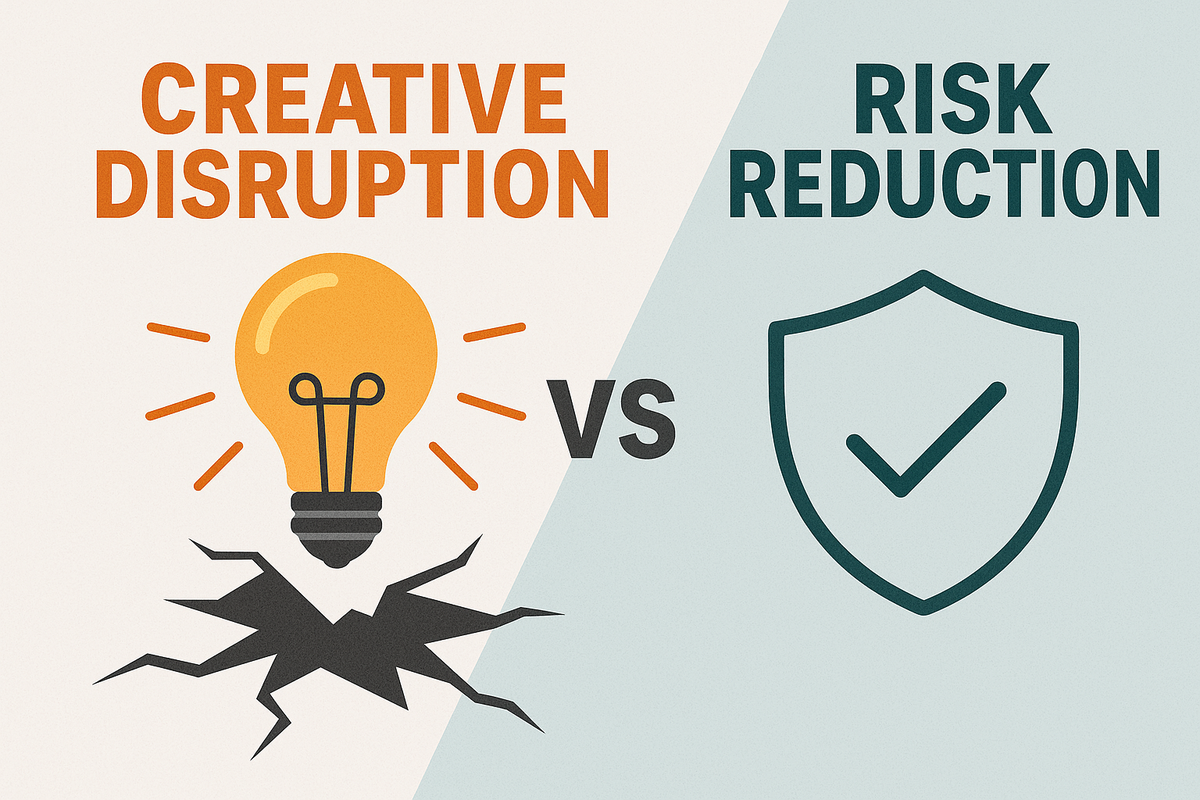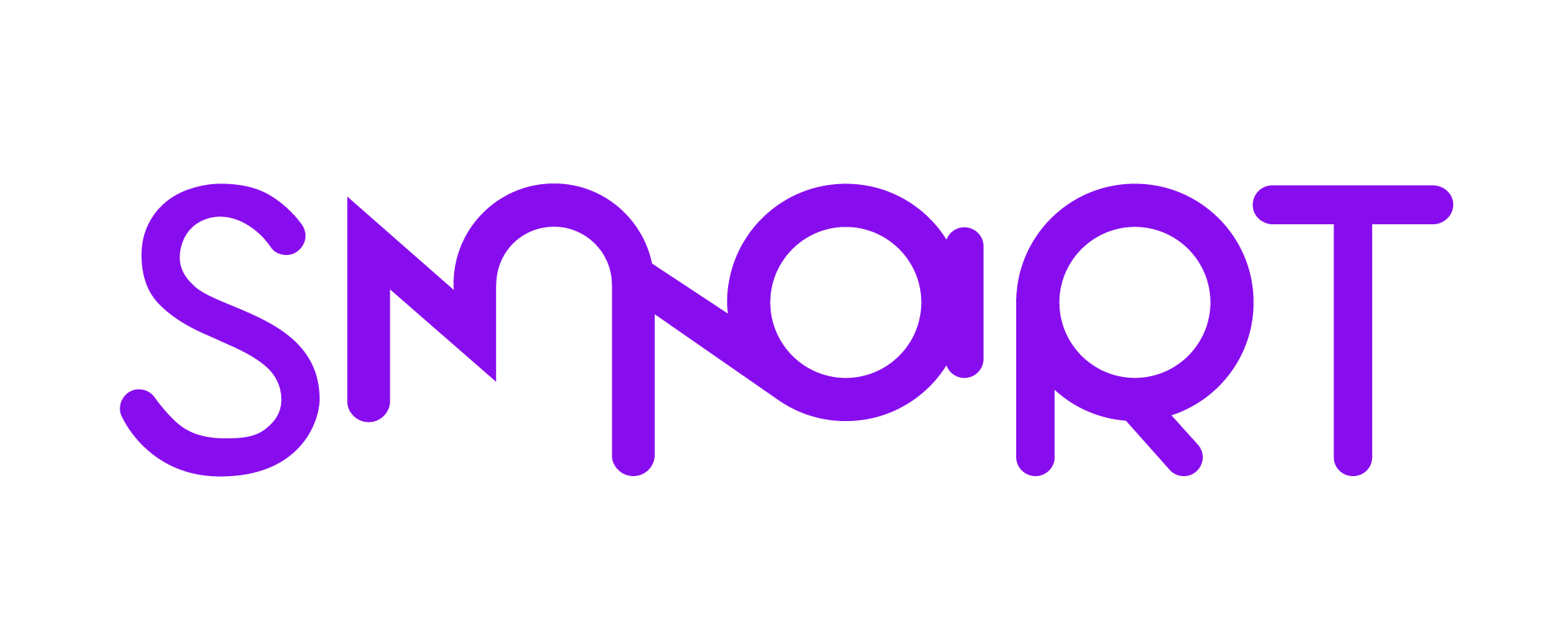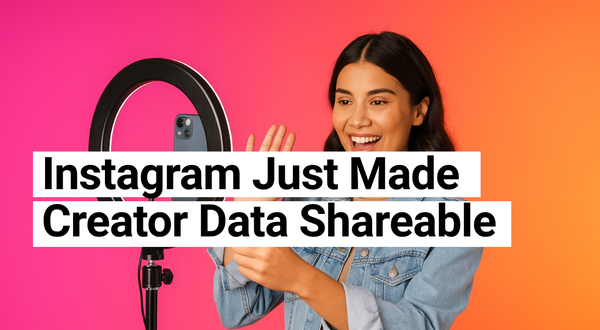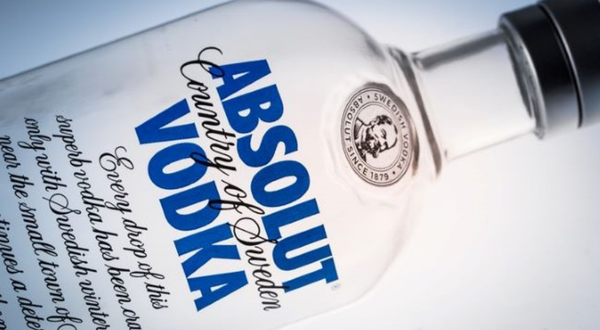Creative Disruption vs. Risk Reduction

For decades, marketers have loved the idea of creative disruption—big, bold ideas that break conventions and get people talking. But a recent perspective from Marketing Week suggests that the smarter sell, especially in B2B, may no longer be about disruption at all. Instead, it’s about risk reduction: positioning marketing as the function that safeguards growth and minimizes uncertainty.
What Is Creative Disruption?
First introduced by Jean-Marie Dru in 1992, creative disruption is about overturning industry norms to create fresh, attention-grabbing ideas. In marketing, it has become a shorthand for bold campaigns that challenge expectations and put brands on the cultural map.
Why it works:
- Captures attention with surprise and originality.
- Differentiates brands in crowded markets.
- Generates conversations and long-term recall.
What Does Risk Reduction Mean in Marketing?
Risk reduction is not the same as risk management in finance or operations. It’s specifically about showing how marketing activity reduces uncertainty for the business. Instead of pitching creativity for its own sake, marketers frame campaigns as:
- Making growth more predictable.
- Protecting brand equity in volatile markets.
- Offering reassurance to CFOs and leadership that investments are safe.
As Marketing Week argues, this language resonates strongly in today’s cautious corporate climate.
The Tension: Bold vs. Safe
- Creative Disruption dares to challenge norms and stand out.
- Risk Reduction promises reliability and reduces volatility.
Both have value, but too much focus on “safe” can stifle the very creativity that drives differentiation.
Why This Shift Matters
Recent research underlines a growing reluctance to take risks:
- Only 13% of marketers describe their organizations as “risk-friendly.”
- Nearly 1 in 3 say they are highly risk-averse.
- Many admit to weak customer insights and slow reactions to cultural moments, limiting agility. (LIONS/Marketing Dive research)
And yet, bold creativity is proven to pay off:
- Brands embracing creative risk are 33% more likely to deliver long-term growth.
- Highly creative campaigns drive 4x higher profit margins than average.
Finding the Sweet Spot
The smartest marketers won’t choose one side over the other. Instead, they’ll design campaigns that:
- Are bold enough to capture attention,
- But anchored in insight and measurable outcomes that reassure stakeholders.
This balance ensures marketing remains both a growth driver and a risk reducer—two roles that, together, make the discipline indispensable.





